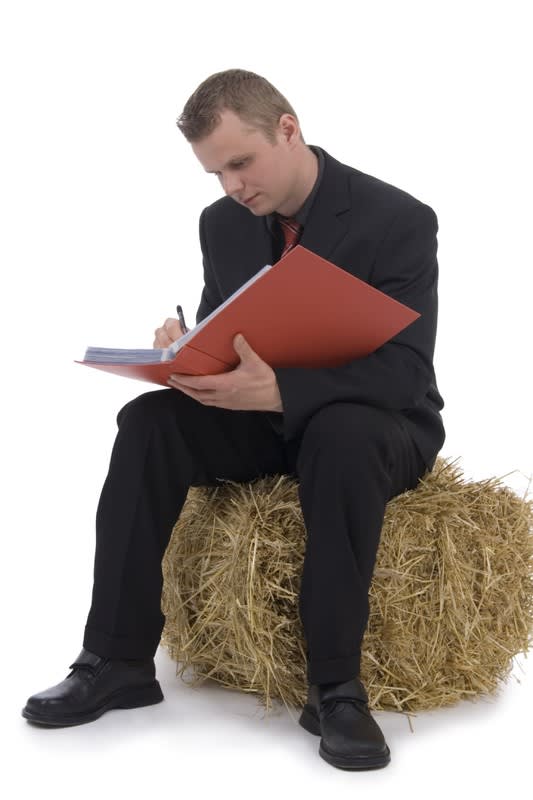Calculating Risks in the Workplace #2. Evaluate the risks, record and solve
Follow articleHow do you feel about this article? Help us to provide better content for you.
Thank you! Your feedback has been received.
There was a problem submitting your feedback, please try again later.
What do you think of this article?
After you have identified the value of the risks you have to face, you can then look at ways of controlling them. It’s obvious you should look at a cost-effective approach, it's not really clever spending more on eliminating a risk than its cost, if it occurs. It may be a better idea to accept the risk than to use excessive resources to eliminate it, be careful if the safety of people is concerned, that’s a dangerous path!
You may want to avoid the risk altogether, which could mean not getting involved in a business venture, passing on a project, or skipping a high-risk activity. This is the obvious choice when taking the risk that offers you no advantage at all.
Somethings to consider when evaluating those risks:
- Is there an option with less risk?
- preventing access to the hazards
- Change the process to avoid over exposure to the risk
- Ensure protective equipment is used and proper training is given
- Consult with the workforce
For workplaces that have very similar activities creating a standard risk analysis that features all of the common hazards that are associated with them is a good idea. You may find that there are standard risk analysis documents that have been created by employee groups or trade organisations that could be used if they are relevant of course. You could use these existing models as a template and adapt them to suit your purpose.
Record and solve
Record everything you find, however small the apparent hazard may be, then identify those which you deem significant. With those primary hazards, identify how people may be harmed by them and what measures you need to put in place to control the element of risk. There is no need to over-complicate things, keep those records concise and focused on the control mechanisms, which can be used to communicate to other parties
As an example, a blind bend in a warehouse aisle, install a convex mirror to allow for a visual check, check the position and for obstructions of the mirror regularly. If your risk assessment identifies a number of hazards, you need to put them in order of importance and address the most serious risks first. Remember, the greater the risk the more robust and reliable the control measures will need to be.
A risk analysis must be suitable and sufficient and should clarify a certain number of points:
- The hazard was identified
- You identified who may be at risk
- You involved affected personnel in the process
- You dealt with all the obvious significant hazards, including number of people who could be involved
- You installed adequate precautions to ensure any remaining risk is removed or minimal
If you operate in a fluid workplace, such as a construction site, any relevant analysis will have to concentrate on a broader range of anticipated risks. When faced with risks that could have significant consequences, identify long-term solutions for them. Regarding hazards likely to cause injury or ill health, implement solutions quickly, even if they are of a temporary nature until a reliable control mechanism is in place.
Review your risk assessment regularly and update it
The places we work never stay the same, new equipment may arrive, new processes and chemicals and so forth, all of which can lead to new hazards. Always review and analysis on a regular basis to ensure you capture anything of risk, ask yourself these questions:
- Are there any significant changes?
- Has anyone spotted a problem?
- Anything learned from past events and near misses?
- Any outstanding changes that still need to be implemented?
- Always stay up to date
Hopefully, the suggestions in these articles will give you a head-start in considering your working environment and the inherent dangers that may be lurking there, look out for yourself and for others and together you and your colleagues can help to create and maintain a workplace that is as risk-free as possible.





